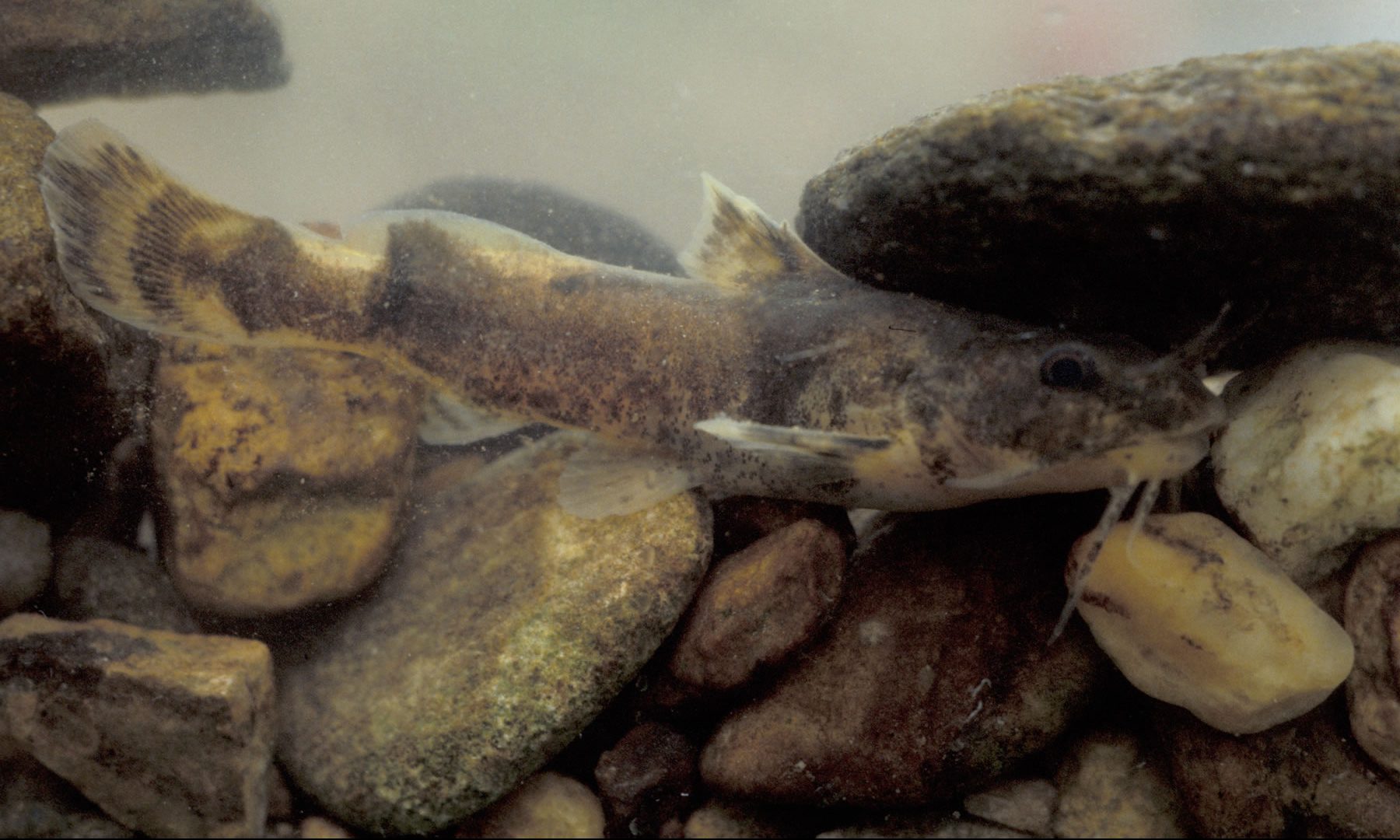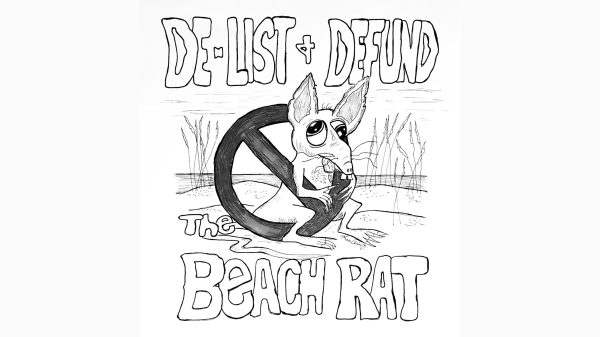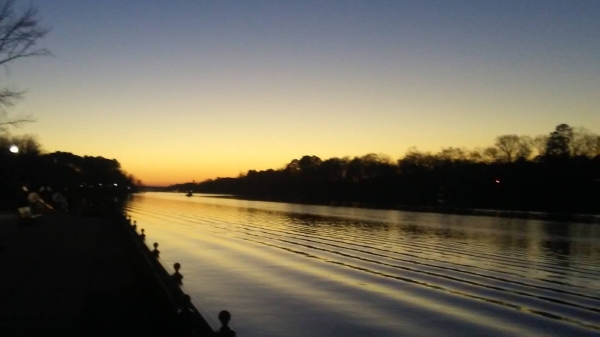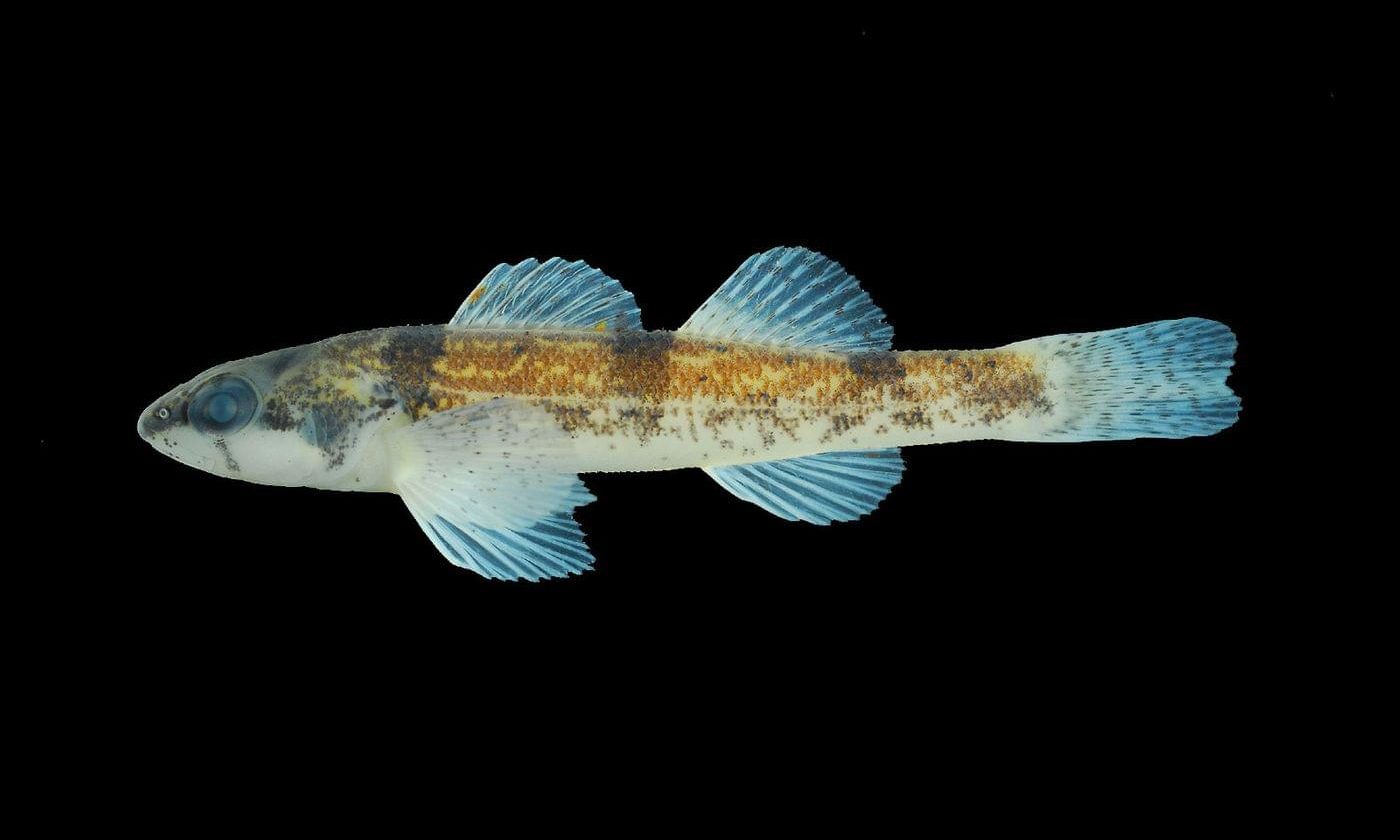The U.S. Fish and Wildlife Service, based on a review of the available science, is proposing to list a population of the frecklebelly madtom in the Upper Coosa River in Georgia and Tennessee as threatened under the Endangered Species Act.
The proposal would provide protections to this distinct population segment including proposing critical habitat and a 4(d) rule for this population.
The frecklebelly madtom is a small catfish that inhabits channels and tributaries of medium to large river systems in Louisiana, Mississippi, Alabama, Georgia and Tennessee.
“Listing the frecklebelly madtom will support ongoing conservation partnerships with diverse stakeholders on behalf of this unique catfish and the Upper Coosa River watershed.” said Leo Miranda, service regional director. “We look forward to continuing these important efforts on behalf of not just a unique catfish but a watershed that benefits countless other wildlife and people.”
“Protecting Coosa drainage populations of the frecklebelly madtom is critical for ensuring the long-term persistence of the species as well as important genetic and morphological diversity not represented in other populations,” said Dr. Brett Albanese of the Georgia Department of Natural Resources. “We are committed to working with the Service and other partners to support recovery of this beautiful and ecologically important madtom.”
The proposed critical habitat designation for the Upper Coosa River DPS of the frecklebelly madtom consists of approximately 134 stream miles in two units in Georgia and Tennessee. The proposed critical habitat does not include riparian areas, only instream habitat to the high watermark.
This would include approximately 51.5 stream miles of the Conasauga River in Whitfield and Murray counties, Georgia, continuing upstream through Bradley County to Polk County, Tennessee. The second proposed critical habitat area consists of approximately 82.5 stream miles of the Etowah River beginning in Cherokee County, Georgia, continuing upstream through Forsyth and Dawson counties and ending in Lumpkin County, Georgia.
Both units are occupied by the species and contain most of the physical or biological features essential to its conservation.
Both units of critical habitat overlap with multiple listed species, such as the amber and trispot darters and freshwater mussels like the southern clubshell and fine-lined pocketbook.
According to FWS, no other river basin in North America has a higher percentage of endemic species as the Upper Coosa River, which researchers call a “globally significant biological treasure.”
The proposed 4(d) rule identifies activities that are beneficial or not otherwise harmful to the species and provides avenues for those activities to continue without restriction or regulation. The proposed 4(d) rule for the frecklebelly madtom would provide exceptions to incidental take for the following: channel restoration projects, streambank restoration projects, and activities carried out under the Natural Resource Conservation Service’s (NRCS) Working Lands for Wildlife (WLFW) program or similar projects.
The frecklebelly madtom is recognized by Georgia and Tennessee as a state species of concern. This species is listed as endangered by the state of Georgia and threatened by the state of Tennessee. In general, protections afforded to the frecklebelly madtom by the states prohibit harming species.
Within the Conasauga River basin, the NRCS’s WLFW program provides technical and financial assistance to help landowners improve water quality and help plan and implement a variety of conservation activities that benefit aquatic species.
The state of Georgia owns and manages approximately 12 miles of the Etowah River as part of Dawson Forest Wildlife Management Area, an area where the fish has been documented. A management goal of this tract of land is to promote aquatic biodiversity, providing conservation benefits for the species.
The public is invited to submit written comments on the proposal to list the Upper Coosa River DPS of the frecklebelly madtom, proposal to designate critical habitat, and proposed 4(d) rule. The complete listing proposal can be obtained by visiting the Federal eRulemaking Portal: regulations.gov at Docket Number FWS–R4–ES–2020-0058.
The document will be placed on public inspection on Nov. 18, 2020, and will appear here. After public inspection the document will publish in the Federal Register on Nov. 19, 2020, and will appear here.
The comment period closes on Jan. 19, 2021. The service will post all comments on regulations.gov. This generally means the agency will post any personal information provided through the process.
The mission of the U.S. Fish and Wildlife Service is working with others to conserve, protect, and enhance fish, wildlife, plants and their habitats for the continuing benefit of the American people.
Alabama’s landowners would not be directly affected by this listing. The Coosa River flows from Georgia into much of Northeastern and central Alabama.




















































